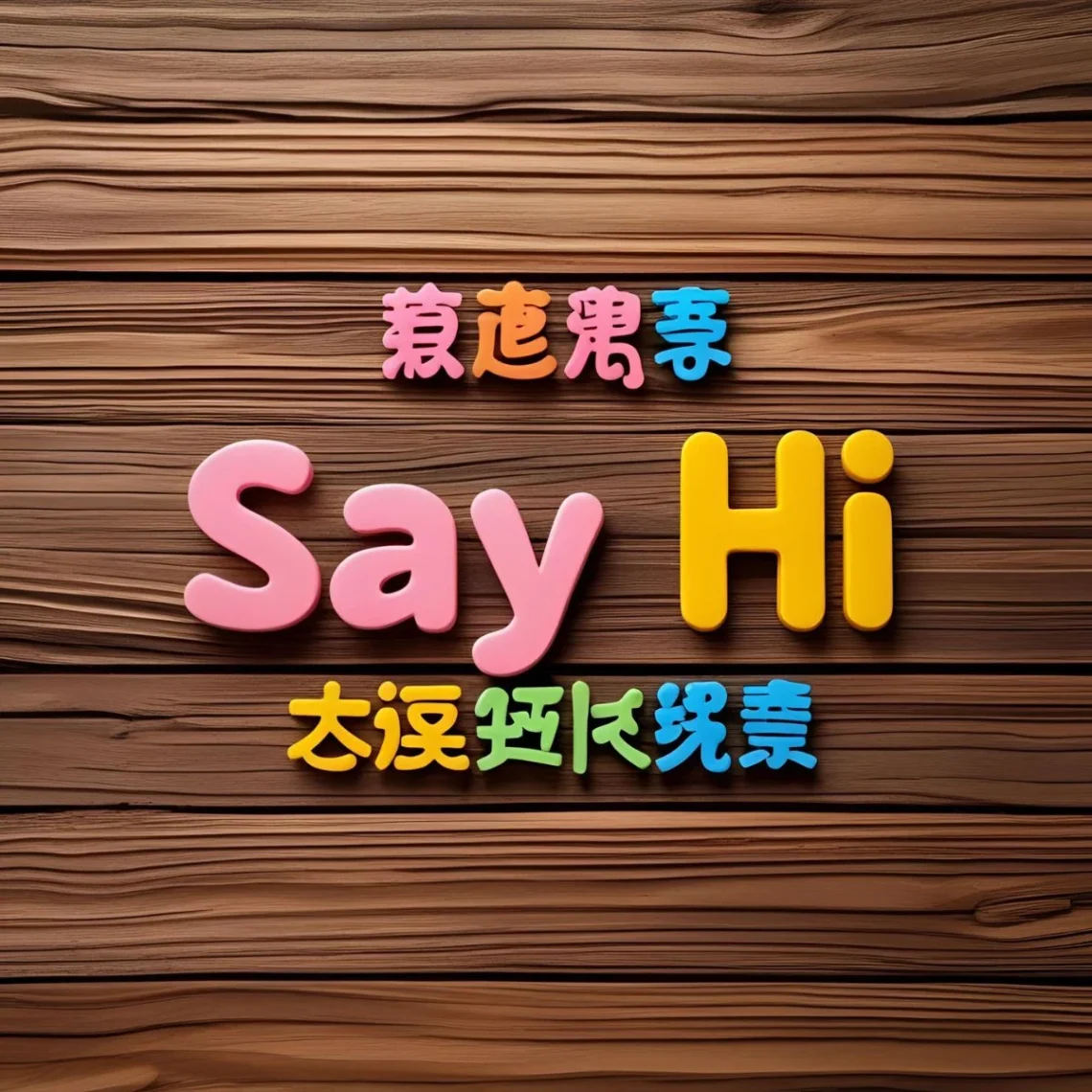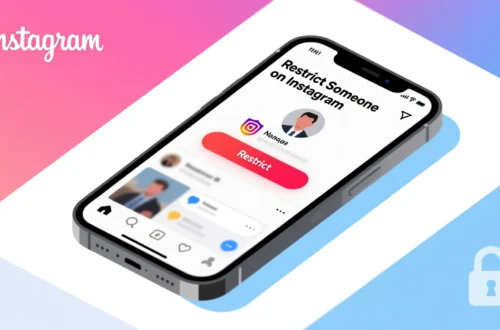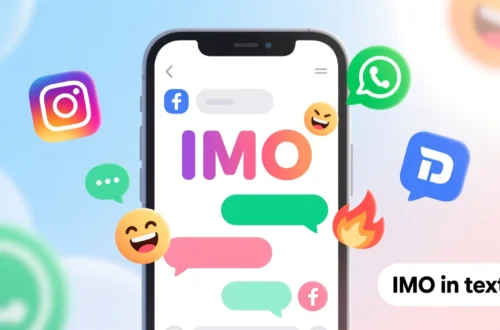The Joy of a Greeting 🌍
In a bustling Cairo market, a cheerful “Marhaban” sparks a smile 🕌. Meanwhile, in a serene Auckland marae, “Kia ora” weaves warmth among friends 🪶. Globally, saying “hi” opens doors to connection and kindness. For instance, from Tokyo’s streets to Hawaiian beaches, this simple greeting unites us. Moreover, each culture colors it with unique spirit, reflecting local hospitality. Thus, let’s journey worldwide to explore how “hi” spreads joy! 🌟
Reference Table: “Hi” Across Languages 📊
To clarify how “hi” is expressed globally, the table below lists the greeting in 15 languages with cultural insights.
| Language | Greeting for “Hi” | Cultural/Linguistic Insight |
|---|---|---|
| French | Salut | Casual and friendly, used in France’s daily chats 🇫🇷. |
| Spanish | Hola | Warm and universal, heard in Spain’s vibrant streets 🇪🇸. |
| German | Hallo | Direct and welcoming, common in Germany’s markets 🇩🇪. |
| Italian | Ciao | Playful, used in Italy’s lively conversations 🇮🇹. |
| Mandarin | Nǐ hǎo | Polite, often used in China’s formal and casual settings 🇨🇳. |
| Hindi | Namaste | Respectful, used in India’s warm greetings 🇮🇳. |
| Japanese | Konnichiwa | Courteous, reflects Japan’s culture of respect 🇯🇵. |
| Korean | Annyeonghaseyo | Formal and warm, popular in South Korea’s social exchanges 🇰🇷. |
| Arabic | Marhaban | Hospitable, used across 22 countries in friendly welcomes 🇪🇬. |
| Swahili | Habari | Friendly, common in East Africa’s communal greetings 🌍. |
| Zulu | Sawubona | Heartfelt, used in South Africa’s personal encounters 🇿🇦. |
| Yoruba | Bawo ni | Expressive, heard in Nigeria’s lively conversations 🇳🇬. |
| Maori | Kia ora | Warm, reflects Maori hospitality in New Zealand 🪶. |
| Hawaiian | Aloha | Multifaceted, embodies Hawaii’s spirit of love 🌺. |
| Cherokee | Osiyo | Traditional, used in Native American community welcomes 🦅. |
European Languages: Friendly Waves 🎶
Firstly, in Europe, “hi” radiates warmth. For example, France’s “Salut” greets friends in Parisian cafés 🇫🇷. Similarly, Spain’s “Hola” echoes in Madrid’s plazas 🇪🇸. Meanwhile, Germany’s “Hallo” welcomes in Berlin’s markets 🇩🇪. Additionally, Italy’s “Ciao” is playful in Rome’s streets 🇮🇹. Furthermore, Russia’s “Privet” is casual in Moscow 🇷🇺.
Moreover, the greeting spans Portugal (“Olá”), Netherlands (“Hoi”), Sweden (“Hej”), Poland (“Cześć”), Greece (“Yia sou”), Romania (“Bună”), Hungary (“Szia”), Finland (“Hei”), Norway (“Hei”), Denmark (“Hej”), Belgium (“Hoi/Salut”), Austria (“Hallo”), Switzerland (“Hallo/Salut”), Czech Republic (“Ahoj”), Slovakia (“Ahoj”), Croatia (“Bok”), Serbia (“Ćao”), Ireland (“Dia duit”), Ukraine (“Pryvit”), and Bosnia (“Zdravo”). Thus, Europe shares welcoming vibes.
Asian Languages: Polite Nods 🏮
Next, Asia offers “hi” with diverse charm across 20+ countries. For instance, China’s Mandarin “Nǐ hǎo” is polite in Beijing’s bustling streets 🇨🇳. Likewise, Hindi’s “Namaste” in India, Fiji, and Nepal is respectful in Mumbai 🇮🇳. Meanwhile, Japanese “Konnichiwa” in Japan is courteous in Tokyo 🇯🇵. Similarly, Korean “Annyeonghaseyo” in South Korea and North Korea (formally) is warm in Seoul 🇰🇷.
Furthermore, Arabic’s “Marhaban” spans Egypt, Saudi Arabia, Morocco, Algeria, Iraq, Syria, Jordan, Lebanon, UAE, Qatar, Kuwait, Oman, Yemen, Bahrain, Libya, Tunisia, Sudan, Palestine, Mauritania, Somalia, Djibouti, and Comoros, welcoming in Cairo 🇪🇬. Additionally, Thai (“Sawasdee” in Thailand), Vietnamese (“Xin chào” in Vietnam), Malay (“Hai” in Malaysia), Tagalog (“Kumusta” in Philippines), and Tamil (“Vanakkam” in Sri Lanka) add hospitality. Thus, Asia greets with grace.
African Languages: Heartfelt Hellos 🌍
Additionally, Africa’s “hi” glows with community across 20+ countries. For example, Swahili’s “Habari” in Kenya, Tanzania, Uganda, Rwanda, Burundi, DR Congo, Mozambique, and Malawi is friendly in Nairobi 🌴. Similarly, Zulu’s “Sawubona” in South Africa is heartfelt in Durban 🇿🇦. Meanwhile, Yoruba’s “Bawo ni” in Nigeria and Benin is lively in Lagos 🇳🇬.
Moreover, Amharic’s “Selam” in Ethiopia welcomes in Addis Ababa. Likewise, Hausa’s “Sannu” in Nigeria and Niger is warm in northern markets. Furthermore, Shona (“Mhoro” in Zimbabwe), Xhosa (“Molo” in South Africa), Tswana (“Dumela” in Botswana), Oromo (“Akkam” in Ethiopia), Somali (“Salaan” in Somalia), Tigrinya (“Selam” in Eritrea), Wolof (“Salaam” in Senegal), Fula (“No mbad’dha” in Guinea), Akan (“Akye” in Ghana), Luganda (“Oli otya” in Uganda), Kinyarwanda (“Mwaramutse” in Rwanda), Malagasy (“Manao ahoana” in Madagascar), Bemba (“Muli shani” in Zambia), Lingala (“Mbote” in DR Congo), Twi (“Akye” in Ghana), Chewa (“Moni” in Malawi), and Sotho (“Lumela” in Lesotho) share joy. Thus, Africa greets with heart.
Indigenous & Island Languages: Warm Welcomes 🌺
Furthermore, indigenous and island languages express “hi” with cultural depth across 20+ regions. For instance, Maori’s “Kia ora” in New Zealand radiates hospitality in Rotorua 🪶. Similarly, Hawaiian’s “Aloha” in Hawaii (USA) embodies love on Oahu 🌴. Meanwhile, Cherokee’s “Osiyo” in United States communities, like Oklahoma, is traditional 🦅.
Additionally, Samoan’s “Talofa” in Samoa and American Samoa warms villages. Likewise, Guarani’s “Mba’éichapa” in Paraguay, Quechua’s “Rimaykullayki” in Peru, Bolivia, and Ecuador, Inuktitut’s “Ainngai” in Canada, Yolngu’s “Yow” in Australia, Tongan’s “Mālō e lelei” in Tonga, Fijian’s “Bula” in Fiji, Chamorro’s “Håfa ådai” in Guam, Tahitian’s “Ia ora na” in French Polynesia, Marshallese’s “Yokwe” in Marshall Islands, Palauan’s “Alii” in Palau, Nauruan’s “Ekamawir” in Nauru, Niuean’s “Fakaalofa atu” in Niue, Cook Islands Maori’s “Kia orana” in Cook Islands, Yapese’s “Mogethin” in Micronesia, Kosraean’s “Kaselel” in Micronesia, Pohnpeian’s “Kaselehlie” in Micronesia, Chuukese’s “Ran annim” in Micronesia, and Iban’s “Selamat” in Malaysia spread welcome. Thus, greetings shine globally.
Cultural Insights: The Timeless Hello 🕰️
Initially, “hi” reflects humanity’s urge to connect. For example, Latin “Salvete” seeded Romance greetings like “Salut” 📜. Meanwhile, in Chinese, “Nǐ hǎo” evolved from ancient courtesies in Beijing 🇨🇳. Additionally, Swahili’s “Habari” carries Bantu warmth in East Africa 🌍.
Furthermore, in Arabic, “Marhaban” embodies hospitality in Cairo 🇪🇬. Similarly, Cherokee’s “Osiyo” roots in communal traditions 🦅. Moreover, colonialism spread greetings—Spanish “Hola” in the Philippines, Maori “Kia ora” preserved cultural depth. Today, from Japan’s polite “Konnichiwa” to Nigeria’s vibrant “Bawo ni,” “hi” weaves connection’s timeless thread.
Sayings About Greetings 🗣️
The table below organizes 12 sayings about “hi,” emphasizing connection and warmth.
| Culture/Language | Saying | Meaning | Country |
|---|---|---|---|
| Spanish | Hola abre la puerta del alma. | Hi opens the soul’s door, highlighting connection. | Spain 🇪🇸 |
| Japanese | Konnichiwa wa kokoro no hashi. | Hi is the heart’s bridge, reflecting warmth. | Japan 🇯🇵 |
| Yoruba | Bawo ni ni ìbẹ̀rẹ̀ ayọ̀. | Hi is the start of joy, tied to positivity. | Nigeria 🇳🇬 |
| Maori | Kia ora he tohu aloha. | Hi is a sign of love, focusing on hospitality. | New Zealand 🪶 |
| Arabic | Marhaban kalimat al-trāb. | Hi is the word of welcome, linked to kindness. | Egypt 🇪🇬 |
| Swahili | Habari ni daraja la urafiki. | Hi is a bridge to friendship, emphasizing bonds. | Kenya 🌍 |
| Hawaiian | Aloha ka leo o ke kipa. | Hi is the voice of welcome, tied to aloha. | Hawaii 🌺 |
| Zulu | Sawubona ukuvula umnyango. | Hi opens the door, focusing on connection. | South Africa 🇿🇦 |
| Cherokee | Osiyo carries the spirit’s call. | Hi brings communal warmth, tied to tradition. | USA 🦅 |
| Hindi | Namaste dil se dil tak. | Hi from heart to heart, symbolizing respect. | India 🇮🇳 |
| Amharic | Selam yäsäw qal näw. | Hi is the human word, emphasizing unity. | Ethiopia 🇪🇹 |
| Guarani | Mba’éichapa ha’e ñande vy’a. | Hi is our shared joy, reflecting bonds. | Paraguay 🇵🇾 |
FAQs ❓
The table below answers six key questions about “hi” for clarity.
| Question | Answer |
|---|---|
| Why is “hi” similar in some languages? | Latin “Salvete” seeded “Salut” and “Hola”; short sounds like “Hallo” are phonetically simple. |
| What’s the oldest use of “hi”? | Sanskrit “Svasti” (1500 BCE) and Chinese “Hǎo” (1200 BCE) are early greetings. |
| How do cultures say “hi”? | Japan’s “Konnichiwa” is polite 🇯🇵; Nigeria’s “Bawo ni” is lively 🇳🇬; Hawaii’s “Aloha” is loving 🌺. |
| How did colonialism spread “hi”? | Spanish “Hola” reached the Philippines; Maori “Kia ora” retained indigenous warmth 🪶. |
| Why do greetings vary in tone? | In Yoruba, “Bawo ni” is expressive; in Japanese, “Konnichiwa” is reserved, reflecting culture. |
| How are gestures used with “hi”? | In India, “Namaste” pairs with folded hands; in Swahili, “Habari” often includes smiles. |
Conclusion: A World of Warm Hellos 🌏
From “Salut” in French bistros to “Kia ora” in Maori hui, “hi” sparks connection and joy. Each culture adds its melody—hospitality in Spain, respect in Japan, heart in Swahili—yet all sing of unity. 👋 Picture these greetings dancing across a global map or in audio clips! Now, share your spark: How do you say “hi” in your language? Tell us a story—maybe a greeting that started a friendship or warmed a moment. Comment below and let’s weave a world of hellos together! 💬





